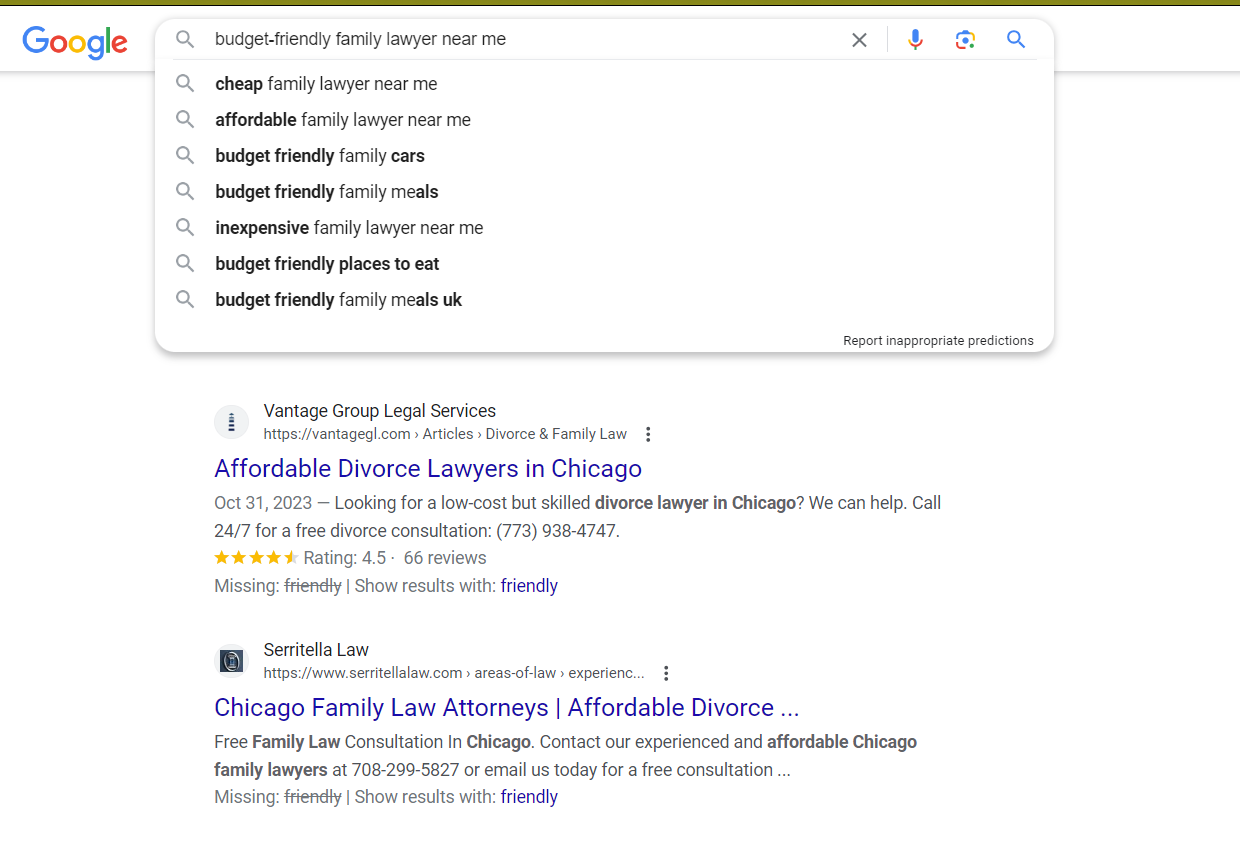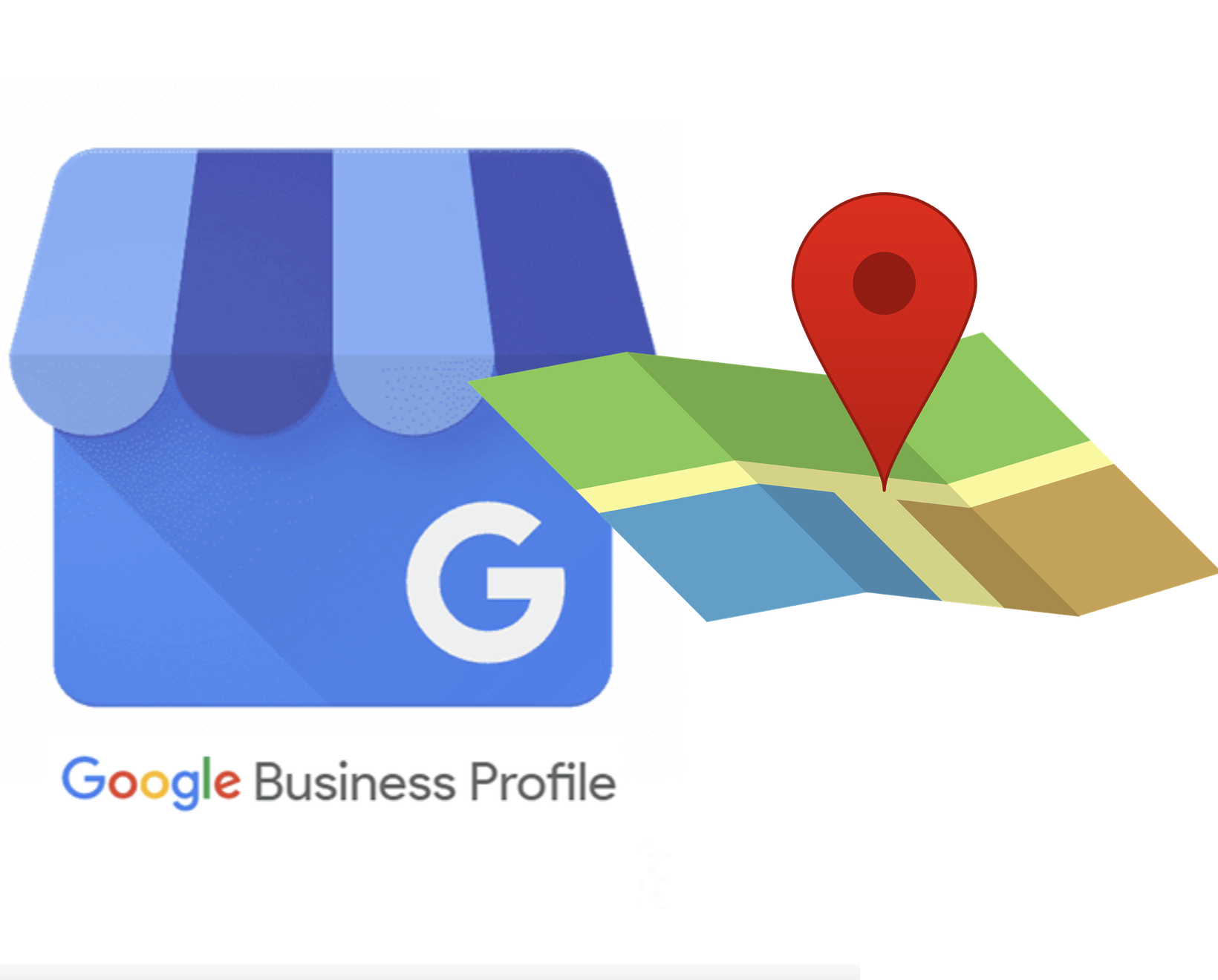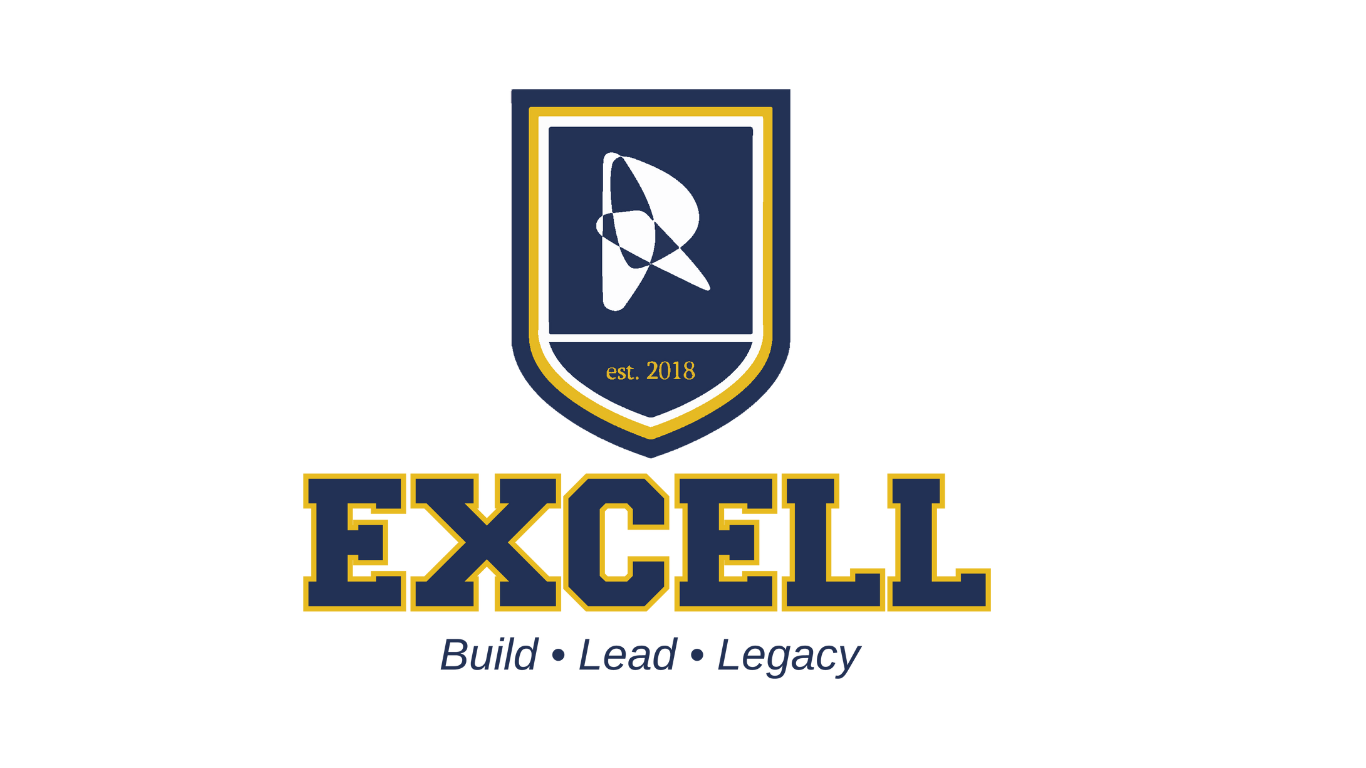Local SEO has transformed dramatically over the past decade, and 2025 represents a new frontier. With AI-driven search engines, voice-first queries, and the growing importance of mobile experiences, businesses that fail to adapt risk becoming invisible in their own neighborhoods.
Whether you’re a local service provider, small business owner, or multi-location franchise, mastering local SEO optimization tips is no longer optional; it’s essential for survival. In this comprehensive guide, we’ll explore everything from Google Business Profile mastery to hyper-local content strategies, reviews, link building, and beyond.
Table of Contents:
- What Is Local SEO in 2025?
- Why Local SEO Optimization Matters More Than Ever
- Top Local SEO Optimization Tips for 2025
- 5 Key Questions About Local SEO Optimization Tips
- Advanced Strategies for Multi-Location Businesses
- Case Studies: Businesses Winning with Local SEO
- Step-by-Step Action Plan for Your Business
- Call to Action
What Is Local SEO in 2025?
Local SEO in 2025 is no longer just about appearing on Google Maps when someone searches for “restaurant near me” or “dentist in [Texas].” It has expanded into a multi-platform, AI-driven ecosystem where visibility requires strategic optimization across Google, voice assistants, augmented reality tools, and mobile-first environments.
At its core, local SEO is about being visible in the right place at the right time when potential customers are nearby and actively looking for products or services you provide. But what has changed in 2025 is the range of touchpoints customers use to discover businesses. Let’s break them down:
1. Generative AI Results from Google’s SGE
Google’s Search Generative Experience (SGE) has revolutionized how results appear. Instead of showing just 10 blue links or a simple map pack, SGE generates summarized answers powered by AI.
For example:
- A user types “best vegan restaurants near me open tonight”.
- Instead of showing a standard list, Google SGE provides a curated summary:
- “Here are three top-rated vegan restaurants nearby: Green Earth Café, Plant Power Bistro, and Organic Roots Kitchen. Green Earth Café is open until 10 PM and offers delivery. Plant Power Bistro has outdoor seating and is currently rated 4.8 stars.”
👉 This means that businesses must feed the algorithm with structured, reliable data through Google Business Profile optimization, schema markup, and fresh reviews to stand a chance of being mentioned in AI-driven summaries.
2. Voice Assistants: Siri, Alexa, and Google Assistant
With the rise of voice-first technology, more than half of local searches are now made via voice assistants. Voice queries differ from text because they are:
- Conversational: Instead of “coffee shop Austin,” users say, “Hey Siri, where’s the best coffee shop near me right now?”
- Action-Oriented: Many voice queries are intent-driven, like “Call a plumber near me open 24/7” or “Navigate me to the closest tire repair shop.”
This shift requires businesses to:
- Optimize for natural language and question-based queries.
- Build FAQ pages that answer common customer questions directly.
- Ensure their NAP details and services are correctly integrated with intelligent assistants.
👉 Example: A pizza shop that integrates with Alexa can allow customers to order directly via voice command, creating both SEO visibility and conversion opportunities.
3. Augmented Reality Map Overlays
Augmented reality (AR) is rapidly entering local search. In 2025, tools like Google Maps Live View will allow users to hold up their phones and see business details overlaid on the real world.
Imagine walking down a street, opening Google Maps AR, and instantly seeing:
- A restaurant’s star rating is above its sign.
- A salon’s business hours float over its door.
- A coffee shop’s live wait time is displayed in real time.
Businesses that invest in AR-compatible listings and rich media content (images, video tours, AR menus) will have a clear competitive edge.
👉 Example: A hotel in a tourist district could show special offers or discounts directly in AR when someone points their phone toward the building.
4. Mobile-First Search & Design
Nearly all local searches happen on mobile devices, which means:
- If your site isn’t responsive, you’ll lose customers.
- If your pages don’t load within 3 seconds, users bounce to competitors.
- If your site lacks click-to-call buttons, you’ll lose leads.
Google also uses mobile-first indexing, meaning it prioritizes the mobile version of your site when determining rankings. Businesses in 2025 must prioritize:
- Fast-loading websites.
- Simple navigation with large, tappable buttons.
- Mobile-friendly booking systems (reservations, appointments, orders).
- 👉 Example: A local dental office with an easy “Book Appointment” button on mobile will get more patients than one requiring users to pinch and zoom on a desktop-style site.
Why Local SEO Optimization Matters More Than Ever
In today’s digital-first world, customers no longer flip through phone books or rely on billboard ads to find businesses. Instead, they pull out their smartphones, ask a voice assistant, or check a local map listing. If your company doesn’t appear in those micro-moments of intent, you risk being invisible, no matter how good your product or service is.
Here are the five biggest reasons local SEO optimization tips are essential in 2025:
1. Mobile-First World
We live in a mobile-first era where smartphones dominate local search behavior. Over 75% of local searches are performed on mobile devices, and users are often looking for instant solutions while on the go.
- “Near me” searches like “coffee near me open now” or “dentist near me with same-day appointments” have skyrocketed.
- These searches have high purchase intent. Someone searching for “emergency plumber near me” isn’t casually browsing; they’re ready to call.
- Google prioritizes businesses with mobile-friendly websites, fast loading times, and clear click-to-call buttons.

👉 Example: A café with a responsive website and GBP profile that displays “Open until 10 PM” will capture mobile searchers who want a quick coffee late in the evening. At the same time, a competitor without an updated listing may not even appear.
2. Voice-Search Dominance
In 2025, more than 50% of local searches are conducted through voice assistants like Siri, Alexa, and Google Assistant. This shift changes how people phrase queries:
- Instead of typing “best pizza NYC”, they say, “Hey Google, what’s the best pizza place near me that’s open now and delivers?”
- Voice queries are longer, conversational, and question-based, which means your website and GBP listing need to mirror natural language.
- Businesses that optimize with FAQs, conversational keywords, and structured data are more likely to be chosen by voice assistants.
👉 Example: A local pizza shop that creates an FAQ page answering questions like “Do you deliver after midnight?” will align with voice search results and get picked by Google Assistant over competitors.
3. Google’s Zero-Click Shift
Google is increasingly answering queries directly in the search results, which means users often don’t even click through to a website. These are called zero-click searches.
- The Local Pack (map results) shows business names, ratings, and hours without a user needing to visit a website.
- Google’s knowledge panels, featured snippets, and FAQs provide instant answers.
- To stand out, businesses must optimize their Google Business Profile (GBP), use schema markup, and publish FAQ content to ensure they appear in these featured spots.
👉 Example: A salon that adds “Walk-ins welcome” and “Open until 8 PM” in its GBP description may win clicks directly from the Local Pack. At the same time, competitors without updated info remain hidden.
4. AI-Powered Search Engines
AI has reshaped how search engines present information. Google’s Search Generative Experience (SGE) and AI-powered assistants no longer show endless lists; they summarize the top local options.
- AI summaries often mention only 3–5 businesses, meaning visibility is scarcer than ever.
- If you’re not in the top results, you’re effectively invisible.
- Businesses with complete GBP profiles, consistent NAP data, fresh reviews, and structured data have the best chance of being highlighted.
👉 Example: If someone searches “best chiropractor near me”, AI may summarize: “Here are the top-rated chiropractors nearby: Health Plus Chiropractic, Riverbend Spine Clinic, and Wellness First.” If your business isn’t optimized, you won’t even make the shortlist.
5. Consumer Behavior Has Changed
- Positive reviews improve both search rankings and customer trust.
- Negative reviews can hurt reputation, but responding professionally often turns them into opportunities.
- User-generated content (photos, videos, testimonials) has more impact than branded ads.
- 👉 Example: Two competing auto repair shops rank similarly in local search. Shop A has 200 reviews with a 4.7-star rating and replies to each review. Shop B has 30 reviews and hasn’t replied to a single one. Guess which one customers choose?
Top Local SEO Optimization Tips for 2025

- Add complete NAP (Name, Address, Phone) info consistently.
- Include categories, services, and attributes.
- Post weekly updates, events, offers, and news.
- Upload high-resolution images and short videos.
- Activate booking/reservation features for direct conversions.
- Use the Q&A section to address common customer queries.
👉 Pro Tip: Businesses updating GBP weekly see up to 70% more engagement.
2. Hyper-Local Keyword Strategies
In 2025, ranking for “SEO agency in New York” is far harder than “SEO agency in Brooklyn Heights.”
Actionable keyword tips:
- Use neighborhood modifiers (e.g., “best dentist in South Tampa”).
- Research long-tail keywords with local intent.
- Add landmark-based targeting (“near Central Park”).
- Use tools like Google Trends, Ahrefs, and Semrush for local search data.
👉 Example: Instead of “plumber Austin,” try “emergency plumber East Austin 24/7.”
3. Voice Search & AI Readiness
Voice queries dominate local search. To optimize:
- Write FAQ pages with conversational answers.
- Use structured data (schema) for quick results in AI summaries.
- Optimize for questions: “Who delivers sushi near me right now?”
👉 Businesses optimized for FAQs see higher inclusion in Google SGE and AI-generated snippets.
4. Online Reviews & Reputation Management
Reviews are a direct ranking factor in 2025.
How to manage reviews:
- Automate review requests via text/email.
- Respond to every review, positive or negative.
- Encourage photo/video reviews, as they drive more engagement.
👉 Tip: A Harvard study shows businesses that increase reviews by just 10% can grow revenue by 6–10% annually.
5. Local Link Building Strategies
Links still matter, but local relevance wins.
Ideas for local backlinks:
- Partner with local news outlets, schools, or charities.
- Sponsor community events for local mentions.
- Write guest posts on local blogs.
- Get listed in city-specific directories.
👉 Example: A restaurant sponsoring a local food festival not only gets backlinks but also PR visibility and foot traffic.
6. Schema Markup & Technical SEO
Schema (structured data) helps Google understand your business better.
- Add LocalBusiness schema (NAP, reviews, hours).
- Use the FAQ schema for instant answers.
- Implement event schema for promotions.
- Ensure mobile site speed is under 3 seconds.
7. Mobile-First Optimization
Since most local searches happen on smartphones:
- Use responsive web design.
- Ensure fast load speeds with compressed images.
- Simplify navigation menus for mobile users.
- Enable click-to-call buttons directly from search.
5 Key Questions About Local SEO Optimization Tips
Google prioritizes proximity, relevance, and prominence. However, GBP activity (posts, reviews, updates) and user engagement metrics are increasingly decisive.
Q2: How long does it take to see results from local SEO?
Typically, 3–6 months. However, optimizing GBP and reviews can produce results in weeks.
Q3: Should small businesses invest in paid ads or local SEO?
Both work, but local SEO is long-term and cost-effective. Paid ads give instant results but stop once the budget ends. SEO keeps delivering over time.
Q4: How does social media tie into local SEO optimization tips?
Social media signals (shares, check-ins, hashtags) indirectly influence local SEO by building brand awareness and backlinks. Posting local events or community involvement can boost engagement.
Q5: Do citations (directories) still matter in 2025?
Advanced Strategies for Multi-Location Businesses
If you manage multiple locations:
- Create location-specific landing pages.
- Maintain individual GBP listings for each location.
- Use UTM codes to track clicks from GBP.
- Develop hyper-local content per area.
- Manage reviews separately for each store.
Case Studies: Businesses Winning with Local SEO
- Optimized GBP with photos, posts, and reviews.
- Added menu schema + “near me” keyword pages.
- Result: 300% increase in foot traffic within 6 months.
- Focused on voice search queries (“emergency plumber near me”).
- Used click-to-call buttons and 24/7 schema updates.
- Result: 70% more phone calls from local searches.
- Created neighborhood-specific blog posts (“Best injury lawyer in North Houston”).
- Earned local backlinks from bar associations.
- Result: First-page rankings across multiple neighborhoods.
Step-by-Step Action Plan for Your Business
Your Google Business Profile is the foundation of local SEO in 2025. Think of it as your digital storefront; it’s where customers decide whether to call, visit, or move on to a competitor.
What to do:
- Make sure your NAP (Name, Address, Phone) is correct and consistent across all platforms.
- Add categories, services, attributes, and hours (including special holiday hours).
- Upload high-quality photos and videos regularly.
- Use GBP posts to announce promotions, events, or news weekly.
- Enable features like messaging, booking, or reservations.
Google prioritizes active, complete GBP listings. A fully optimized GBP can double your chances of appearing in the local map pack and attract significantly more clicks, calls, and visits.
Step 2: Build a Hyper-Local Keyword and Content Strategy
Ranking for broad keywords like “dentist in New York” is tough. But targeting “family dentist in Upper East Side open on weekends” is much easier and far more profitable.
What to do:
- Research long-tail keywords with tools like Google Trends, Ahrefs, or Semrush.
- Create location-specific service pages (e.g., “Emergency Plumber in East Austin”).
- Write blog posts around local events and community topics (e.g., “Top 5 Summer Activities in Denver” if you’re a Denver-based fitness center).
- Incorporate landmark-based terms; customers often search near familiar places.
Why it matters:
Searchers are increasingly specific. By targeting neighborhood-level and intent-driven keywords, you’ll capture customers who are closest to making a purchase.
Step 3: Optimize for Voice Search and AI Assistants
In 2025, more than half of local searches will happen via voice assistants like Alexa, Siri, and Google Assistant. These queries are longer and conversational.

- Add an FAQ section on your website with conversational questions and answers.
- Use structured data (schema markup) so AI assistants can easily extract your business info.
- Include natural, question-based content: “Who is the best roofer near me?” or “Where can I get 24/7 tire repair in Dallas?”
- Test how your business appears by asking Siri or Alexa about your service.
If your business isn’t prepared for voice and AI search, you’ll miss out on a growing audience who never types a query; they ask a question out loud.
Step 4: Manage Online Reviews and Build Local Reputation
Reviews are more than social proof; they’re now a direct ranking factor in local SEO. Google not only counts the number of reviews, but also looks at freshness, sentiment, and response rate.
What to do:
- Ask happy customers for reviews via email, SMS, or QR codes on receipts.
- Respond to every review, thank customers for positives, and address negatives politely.
- Encourage photo or video reviews, as these carry extra weight with both search engines and potential customers.
- Monitor review platforms beyond Google, Yelp, Facebook, TripAdvisor, and industry-specific directories.
Businesses with a steady flow of positive reviews see higher visibility and more trust, leading to more clicks, calls, and conversions.
Step 5: Track, Measure, and Improve Consistently
Local SEO is not a one-time effort; it’s an ongoing process.
What to do:
- Use Google Analytics to track site traffic, conversions, and bounce rates.
- Monitor GBP Insights for calls, direction requests, and profile views.
- Test different content strategies (blogs, FAQs, videos) and adjust based on results.
- Revisit your keywords and competitors quarterly to stay ahead.
- Keep your website fast, mobile-friendly, and updated with schema markup.
Call to Action
Local SEO in 2025 is both a challenge and an opportunity. Businesses that embrace Google Business Profile mastery, hyper-local keywords, review management, and voice-search optimization will rise above the noise.
💡 Remember: Customers are searching right now for services like yours. The question is, will they find you, or your competitors?

👉 Don’t wait until your competitors outrank you. Contact us today and Book your free discovery call to get done for your service, and let’s grow your business smarter.
Contact us:
6420 Richmond Ave., Ste 470
Houston, TX, USA
Phone: +1 832-850-4292
Email: info@excellofficial.com







